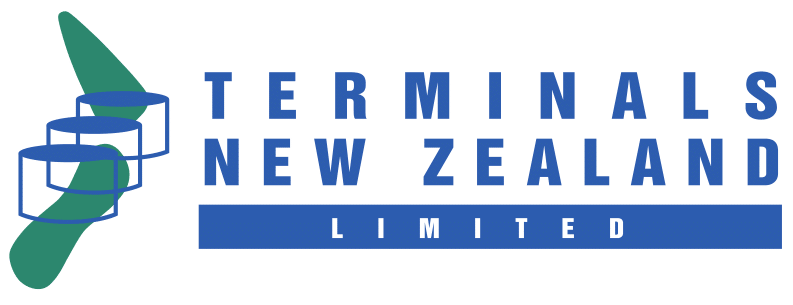SAFETY
Terminals New Zealand Limited (TNZ) is a bulk petroleum storage facility owned and operated by the Gull Group. The terminal has total storage capacity of 90 million litres and in 2016 the facility was designated as an Upper Tier Major Hazard Facility under the Health and Safety at Work Act (2015).
TNZ has a detailed Safety Case, which has been approved by WorkSafe New Zealand. This document outlines the terminal’s ability and means to effectively control major incident hazards. Please feel free to download a summary of TNZ’s Safey Case.
TNZ understands that excellence in safety and environmental performance is essential to both ongoing business success and community confidence in our operations.
TNZ’s Activities
The terminal is engaged in the receipt, storage and distribution of refined petroleum product. The majority of product is received by ship at the Port of Tauranga and pumped to the terminal via a 1.5 kilometre long underground pipeline.
The fuel is supplied and distributed to Gull service stations along with other major petroleum companies.
TNZ Hazards
Hazards are issues which, if not correctly managed, could cause or contribute to a major incident.
With the terminal storing large volumes of liquid fuels, there is a risk of a fire or environmental event. Although unlikely, the potential for a major incident has been identified through a comprehensive hazard identification and risk assessment process. Safety assessments were performed for each of the potential incidents identified and this involved an analysis of the consequences and likelihood of each incident occurring.
Identified control measures that have been implemented by TNZ include:
- Emergency shutdown systems
- Fire water system and fire-fighting equipment
- Automatic alarms
- Retaining walls (bunds) around storage tanks where potentially polluting substances can be retained on-site
- Security systems and procedures including on site security and CCTV
- In-built plant design features that will control the hazards
Emergency response plans (ERPs)
TNZ has developed ERPs in consultation with regulators, emergency services and its neighbours. The ERPs detail how the terminal will respond in the unlikely event of an emergency and assists in managing an emergency situation to limit the impact to people and the environment.
The ERPs include information on the procedures to be implemented, who to contact, resources and equipment for use during the incident, emergency command structure, roles of personnel, and training undertaken to prepare personnel to respond to an emergency.
All personnel on site are familiar with the ERPs and are fully trained in emergency response procedures. The ERPs are tested with simulations on at least an annual basis.
What to do in an emergency
In the unlikely event of a major emergency, on hearing the terminal’s sirens with the audible ‘evacuation’ instruction, neighbours of the terminal should:
- Turn off all electrical equipment, heaters, gas pilot lights and extinguish all ignition sources (e.g. cigarettes, oxy -acetylene torches etc.)
- Close all external doors and windows
- Take note of the wind direction and immediately proceed to move at least 1km upwind of the terminal
- Obtain up to date information from a local radio station relating to the emergency
- Wait for the “all-clear” message from emergency services before returning to your workplace or home
Emergency services (Bay of Plenty Emergency Management) are responsible for communicating with the community and providing current information to the community in the event of an emergency with immediate threat. Please cooperate fully with the instructions given by the emergency services.
What should you do if you see, smell or hear anything unusual?
EMERGENCY - Should you see, smell or hear anything unusual, please immediately make contact:
- Terminals NZ* - 07 572 3806
- After-hours - 021 444 966
*The terminal is manned Monday-Friday, 7:30am-5:00pm.
Please have the following information available:
- Contact details
- What you have seen, smelt or heard
- Time and location of occurrence
- Any other activities which may be occurring in the immediate area
NON-EMERGENCY - Please contact us via our Contact Form.
TNZ’s Health, Safety, Environmental and Quality Management System (HSEQ MS)
Continuous safe operation of the TNZ facility is of paramount importance and is ensured by the HSEQ MS, providing a comprehensive and integrated management system for all aspects of control measures and operations. The HSEQ MS is subject to ongoing assessment and internal and external auditing to ensure the safe operation of the terminal.
Community Fact Sheet and Emergency Response Actions
Download here.
